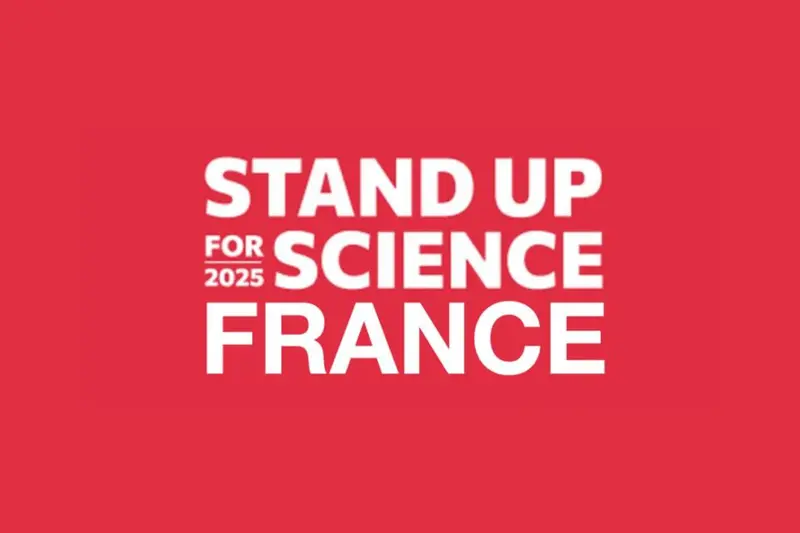Do explicit self-reflection traits relate to implicit bodily self-consciousness? Insights from asynchronous stimulation in embodiment illusions
Lisa RAOUL, Fabrice SARLEGNA, Cédric GOULON, Marie-Hélène GROSBRAS.
Does the way we explicitly reflect on our bodily, mental, and social self relate to our implicit bodily self-consciousness? To address this question, we investigated how selfreflection traits and sensory characteristics explain interindividual variability in experiencing ownership, agency or referral of touch over a rubber hand or virtual full body in 70 young girls. The reduction of these embodiment feelings by an experimentally induced asynchrony between the participant's and the virtual body's stimulation (tactile or motor) can be seen as indicative of a robust bodily selfconsciousness. In the visuo-motor full body illusion, asynchrony reduced: agency more strongly in participants with a high tendency to reflect about social-self; ownership more in those with positive reflections towards the bodily-self; agency and ownership more in participants with lower cardiac interoceptive accuracy. Overall, we highlight the importance of accounting for embodiment variability during asynchronous stimulation and provide novel insights into how explicit reflections about oneself relates to bodily self-consciousness' components in girls, underscoring the need for further investigation in other populations.
Article ici

